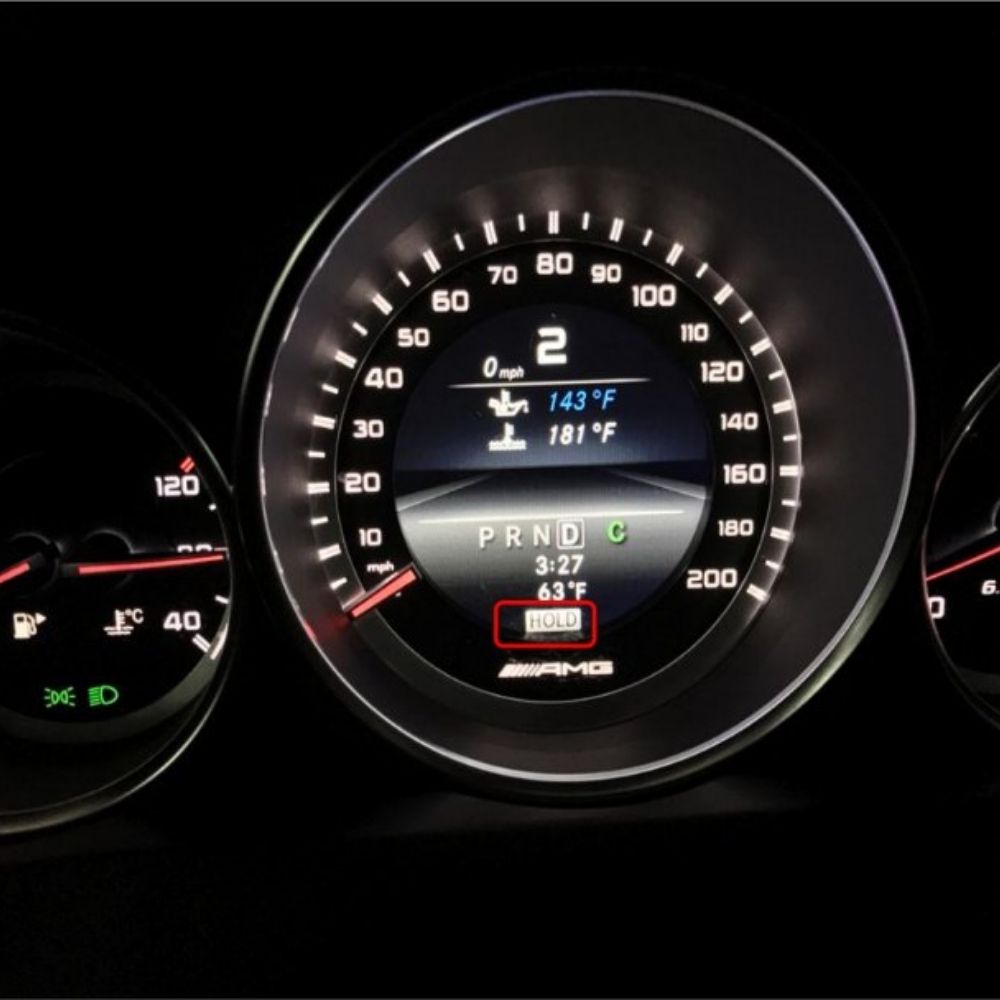
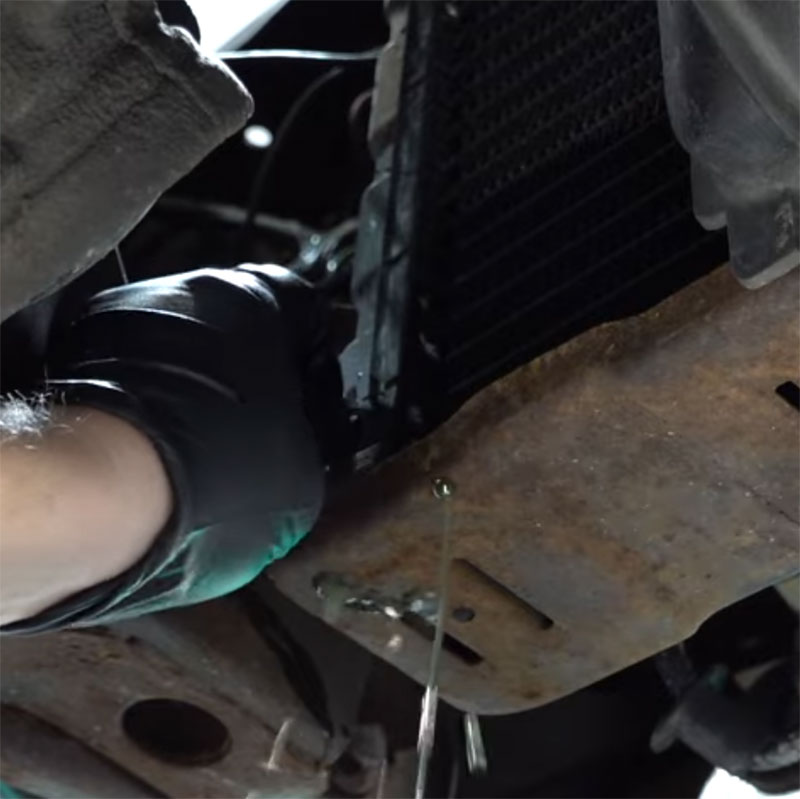
Draining your engine coolant is a crucial part of vehicle maintenance. Whether you’re preparing for a coolant flush, replacing a radiator, or addressing a leak, knowing how to drain engine coolant correctly is essential. This guide provides a comprehensive step-by-step process, addressing common questions and potential issues along the way. Let’s dive in and learn how to drain engine coolant effectively.
Table of Contents
ToggleBefore we get into the how-to, let’s discuss the why. Draining your engine coolant isn’t just a random task; it serves several important purposes. Over time, coolant can become contaminated with rust, debris, and other impurities, reducing its effectiveness. How to flush engine coolant provides further details on why flushing is beneficial. Also, if you’re experiencing symptoms of a bad engine coolant sensor, draining the coolant might be necessary for diagnosis or repair.
Before you begin, gather the necessary tools and materials. You’ll need:
Before starting, make sure your engine is completely cool. Hot coolant can cause severe burns, so waiting a few hours after turning off the engine is recommended.
The drain plug is typically located at the bottom of the radiator. If your vehicle does not have a drain plug, you may need to disconnect the lower radiator hose to release the coolant.
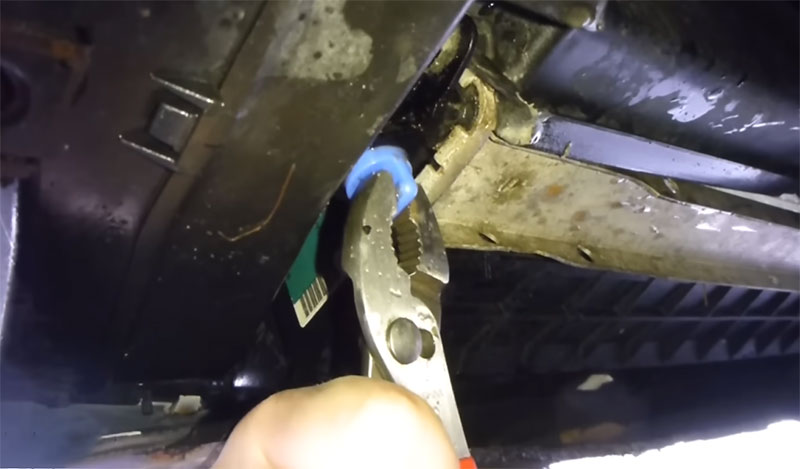
Place a large drain pan underneath the radiator drain plug or hose to catch the coolant as it drains. Coolant is toxic and should be handled with care to avoid spills.
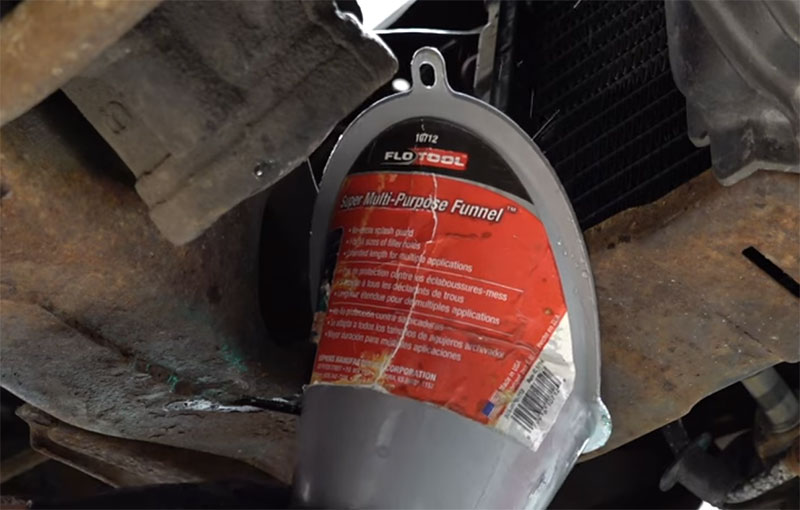
Take off the radiator cap to release pressure within the system. This allows the coolant to flow more freely when draining.
Using a wrench, carefully loosen and open the drain plug, or if needed, disconnect the lower radiator hose. Let the coolant drain completely into the pan.
If your vehicle has a coolant reservoir, use a suction gun or siphon to remove the remaining fluid.
To remove any leftover debris or old coolant, fill the system with distilled water and run the engine for about 15 minutes. Once the engine has cooled, drain the system again. Repeat this process until the drained water is clear.
Used coolant is hazardous to the environment. Dispose of it according to local regulations by taking it to a recycling center or an automotive shop that handles coolant disposal.
Sometimes, the drain petcock can become clogged or seized. If your engine coolant won’t drain, try gently tapping the petcock with a wrench. If this doesn’t work, you may need to replace the petcock. Knowing how to install engine coolant temperature sensor can be helpful for related repairs.
Expert Insight from John Miller, Automotive Engineer: “Always remember to dispose of used coolant properly. It’s toxic to animals and harmful to the environment. Check with your local recycling center or auto parts store for proper disposal methods.”
After the coolant has drained completely, close the drain petcock. Refill the system with the correct type and amount of coolant, as specified in your owner’s manual.
Using the incorrect coolant type can lead to corrosion and damage within the cooling system. Always consult your owner’s manual or a qualified mechanic to ensure you’re using the right coolant for your vehicle.
Expert Insight from Sarah Chen, Certified Mechanic: “Don’t forget to check your coolant levels regularly. Low coolant levels can lead to overheating and serious engine damage.”
Knowing how to drain engine coolant is an essential skill for any car owner. By following these steps and taking necessary precautions, you can maintain your vehicle’s cooling system and prevent potential problems. Regular maintenance, including coolant changes, will help keep your engine running smoothly for years to come.
Scenario 1: Your car is overheating, and you suspect a coolant leak. Draining the coolant can help you identify the source of the leak.
Question: How can I test for a coolant leak after draining the coolant?
Scenario 2: You’re planning a long road trip and want to ensure your cooling system is in top condition.
Question: How can I check the condition of my coolant besides the color?
Scenario 3: You noticed your coolant is a rusty brown color.
Question: What does rusty brown coolant indicate?
For personalized assistance, contact us via WhatsApp: +1(936)2896695, email [email protected], or visit us at 4590 Angus Road, New York, United States. Our 24/7 customer support team is ready to help.


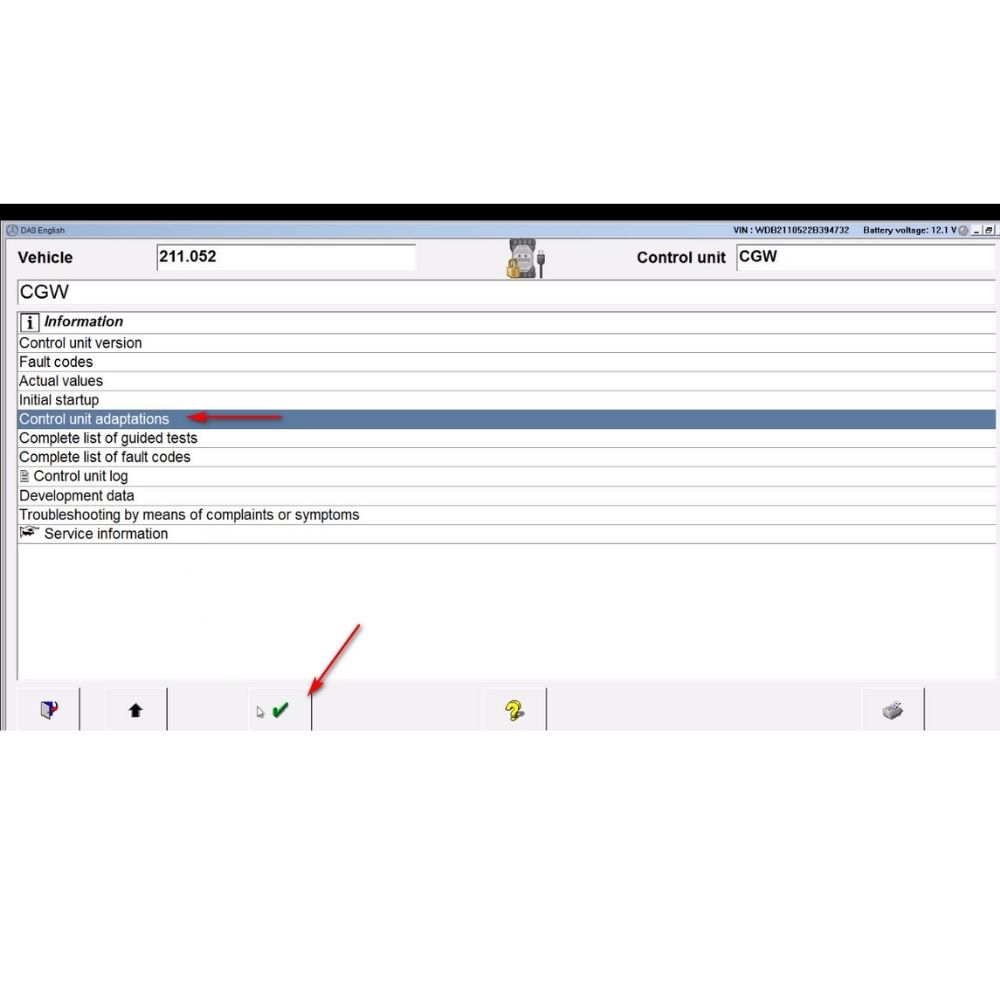
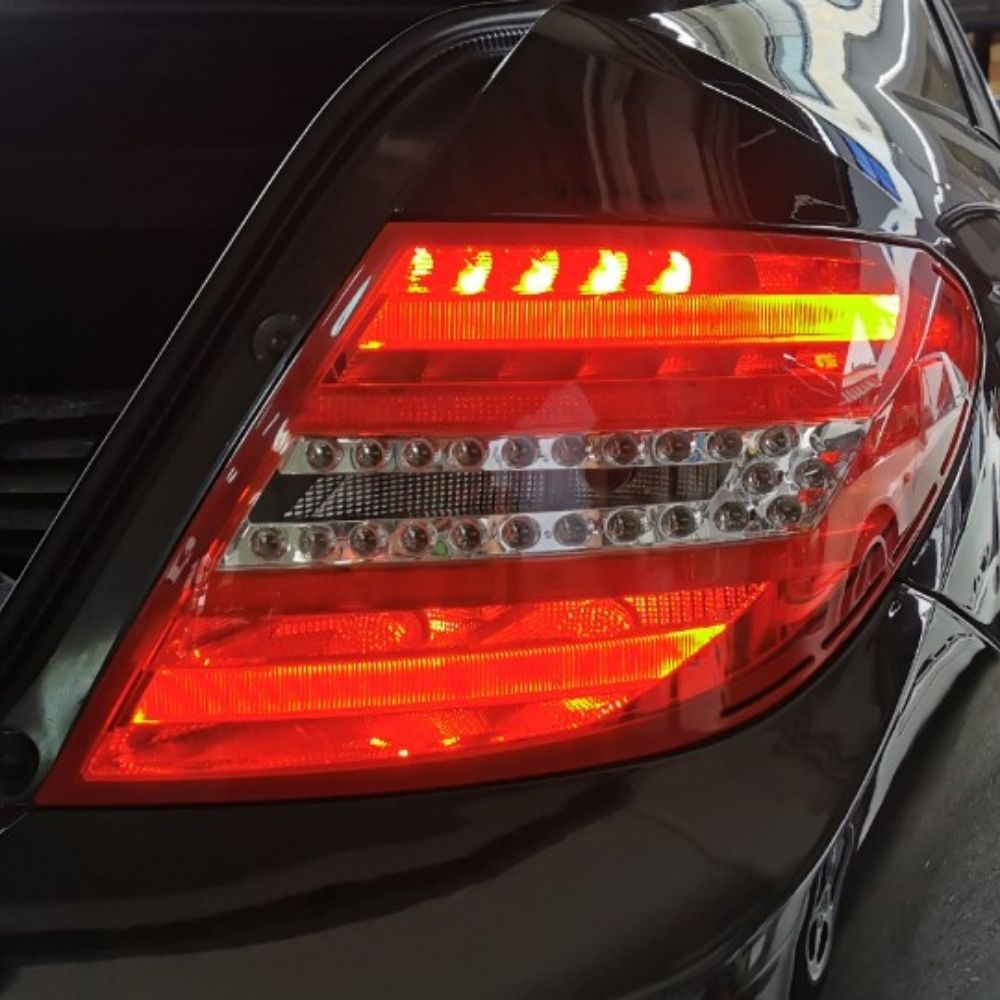

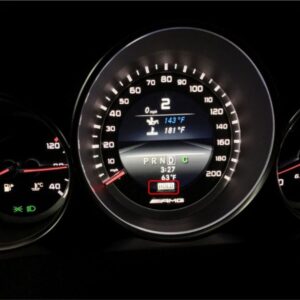

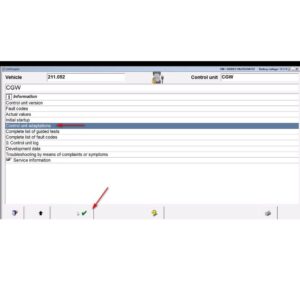
At AutoExplain, we provide automotive online repair service, auto repair tips, car repair manuals & document & training course to help mechanics of all experience levels—fix vehicles efficiently
AUTO EXPLAIN LLC
Employer Identification Number (EIN):
38-4349958
Whatsapp Us: +1(936)2896695
Gmail: [email protected]
Our Workshop: 1500 N Grant ST Sten Denver, Colorado, United States
Copyright 2025 © AutoExplain